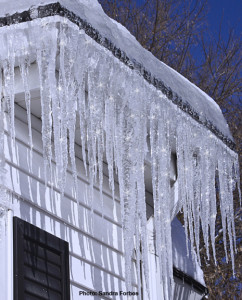
Severe cold weather protocol is extended through Feb. 16, 2015; Anyone seeking shelter should call 2-1-1.
Report by Paula Antolini
February 13, 2015 5:00PM EDT
Governor Dannel P. Malloy activated the state’s Severe Cold Weather Protocol in anticipation of temperatures in the teens and single digits and wind chills below zero and the protocol has been extended through Monday, February 16, 2015.
“We must continue to protect the most vulnerable during these severe cold weather outbreaks,” said Gov Malloy. “I urge anyone in need of shelter to call 211 and encourage local communities to consider opening warming centers or other facilities to assist people in need.”
While activated, the protocol directs the Department of Emergency Services and Public Protection (DESPP), the Department of Social Services (DSS), the Department of Mental Health and Addiction Services (DMHAS), and the Department of Housing (DOH) to coordinate with 211 and Connecticut’s network of shelters to ensure that the state’s most vulnerable populations are protected from the severe cold weather.
Under the protocol, DESPP’s Division of Emergency Management and Homeland Security activates its WebEOC communications network, an Internet-based system that enables local, regional, and state emergency management officials and first responders to share up-to-date information about a variety of situations and conditions. The system is used to monitor capacity at shelters across the state, enabling 211 to act as a clearinghouse to assist in finding shelter space for those who need it. Local officials, working through WebEOC, can alert 211 and the state when they open temporary shelters or warming centers.
DSS and DOH coordinate with 211 and the Connecticut Coalition to End Homelessness in working with community-based providers to provide transportation for people seeking shelter.
DMHAS deploys teams that specialize in working with homeless people to locate those who are at risk, spread the word about the 211 system, and encourage them to take shelter. It also works with shelters to assess and meet the needs of individual clients.
###


Leave a Reply